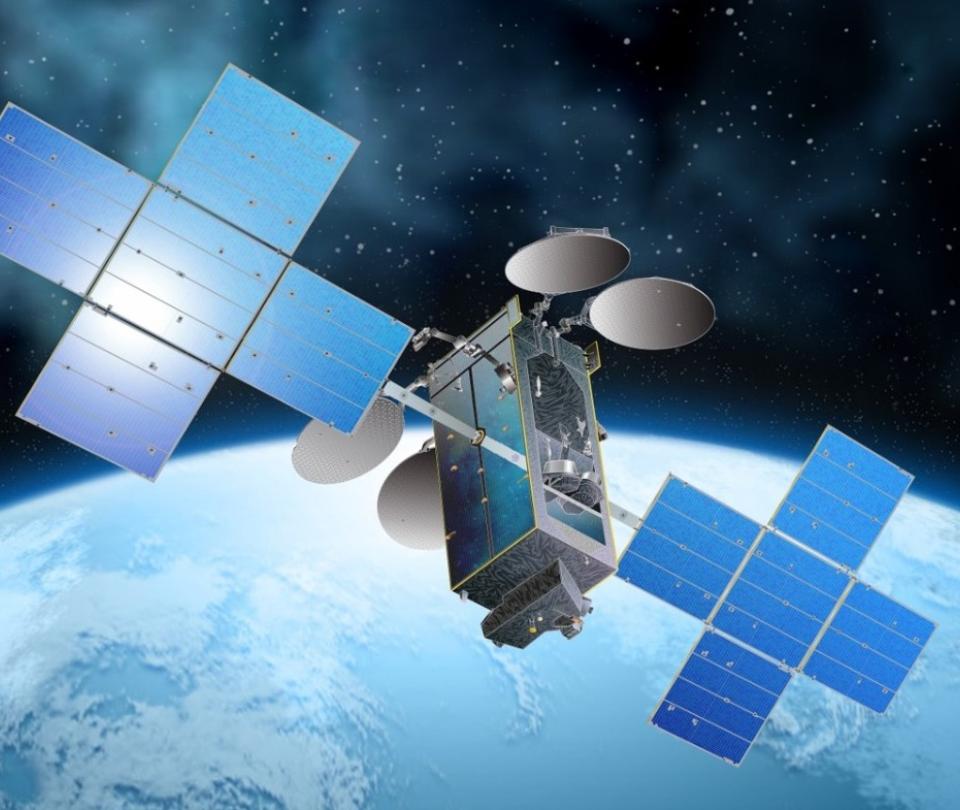More than 30 years ago, the Internet came into our lives to change them definitively and, almost at the same time, the satellite has accompanied this process.
The development of satellite Internet has been such that, after years of innovation, it has not only become a complement to fixed and mobile terrestrial networks, but also a key element in contributing to the long-awaited closing of the rural digital divide and in providing secure connectivity. , reliable and automated to companies, public entities and entire communities, no matter where they are.
Considering the evolution achieved by satellite Internet, it is worth asking what promises this technology holds for the future of telecommunications in the world and in our region.
This question is essential if we bear in mind that today, despite the fact that 95% of the world’s population is in a mobile broadband coverage area, at least 390 million people do not have Internet access, according to a report by the International Telecommunication Union (UTI) of 2022.
First, we are talking about a future in which more remote communities will be connected. Alternatives such as the Hughes Community Wi-Fi allow to provide connectivity to more than 25 million people in the world, through HughesXpress Wi-Fi points, 2,500 of which are in Latin America. This is a region in which less than 45% of the rural population has connectivity services, which represents a gap of 36 points compared to the urban population, according to figures from the Inter-American Institute for Cooperation on Agriculture (IICA).
In addition to communities and homes, it will increasingly be possible to offer connectivity everywhere and additional support to a wide variety of businesses, thanks to the joint work between LEO (Low Earth Orbit) or low orbit satellites, which are closer to Earth and can orbit several times a day, and GEO (Geostationary Earth Orbit) or geostationary, which offer high capacity density at a very low cost per bit.
Therefore, it will be more common to see a company using GEO to manage its payroll and LEO for online financial transactions, for example. But the future of connectivity also depends on the existence of a global multi-transport network, which includes both terrestrial cable and fiber satellite services, as well as geostationary and low-Earth orbit satellites.
In addition, it will be of vital importance to have technologies that allow the comprehensive management of data flow from different locations and types of networks to deliver solutions that allow information to be routed to its destination efficiently, based on readings of speed, latency and factors specific to each business. .
Bandwidth will no longer suffice: Customers need integrated, managed services and automation to power and optimize their networks with security, reliability, and accessibility to the cloud.
On International Internet Day, such is the promise of satellite Internet for the future, in a world in which people want to be connected all the time and everywhere, and in which it is essential to have this kind of of technologies to contribute to closing the digital gap, especially in rural or difficult-to-access areas, where cable or fiber do not reach, or reach with difficulty.













